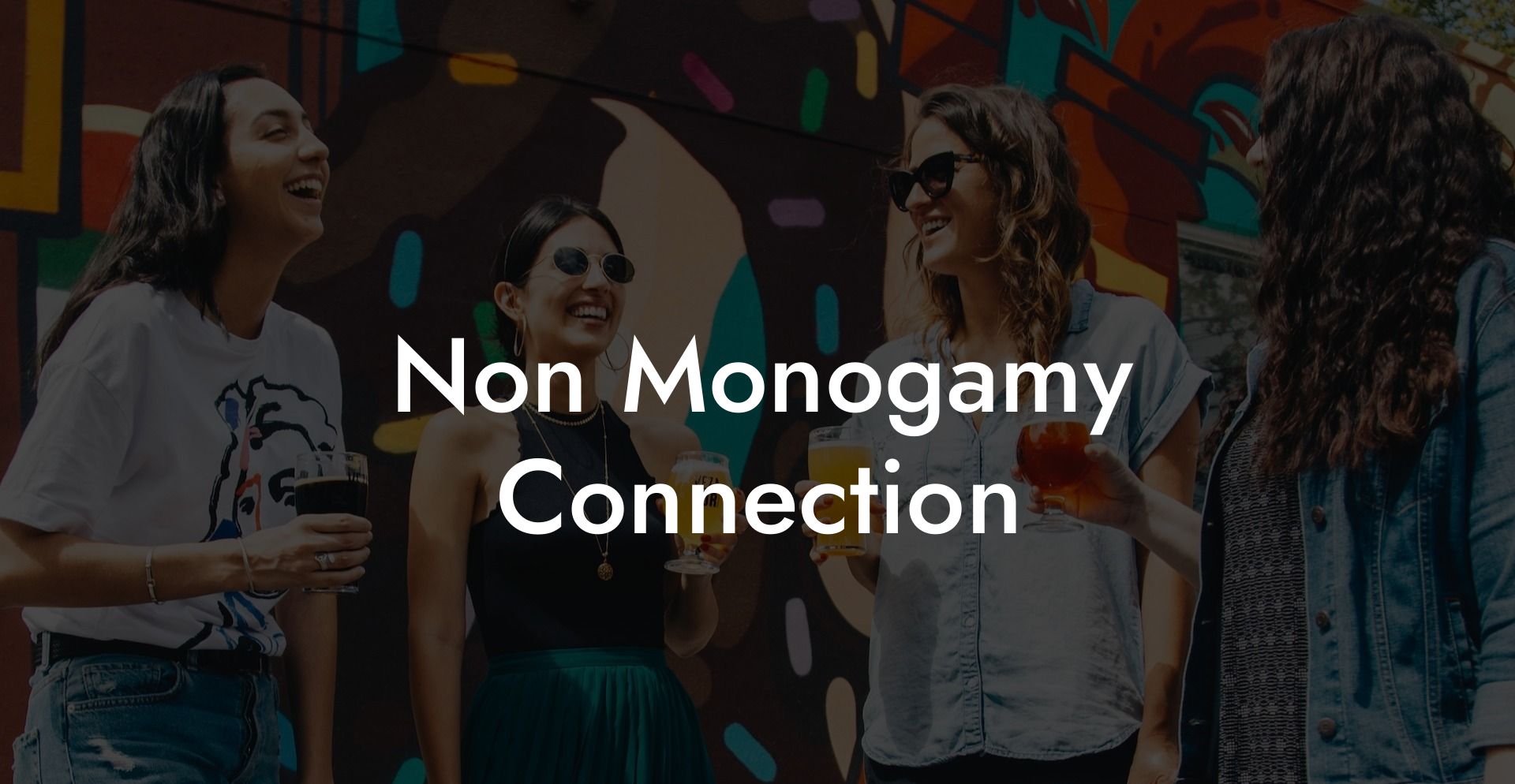It is undeniable that relationship dynamics are evolving, with people exploring beyond traditional monogamy. Alternative relationships, such as non-monogamy, are becoming more popular and widely discussed. If you feel drawn to the idea of non-monogamous connections but aren't quite sure where to start or what it entails, this article will provide guidance and comprehensive insights to help you navigate this fascinating relationship landscape.
Non Monogamy Connection Table of Contents
What is Non-Monogamy?
Non-monogamy is an umbrella term that encompasses various relationship structures deviating from the classical notion of one partner for life. In non-monogamous relationships, individuals may have multiple partners in various forms, whether it's romantic, sexual, or emotional connections.
Some non-monogamous relationship types include:
- Polyamory: Multiple romantic and emotional connections with the consent of all parties involved
- Swinging: Couples engaging in sexual activities with other couples or individuals
- Open relationships: A committed partnership with an agreement allowing external sexual encounters
- Relationship Anarchy: Prioritizing individual autonomy and choosing relationships without hierarchy or labels
Understanding Non-Monogamy Connections
It's crucial that you engage in thorough self-reflection and consider the following factors when exploring a non-monogamous connection.
Communication and Consent
Open and honest communication is critical in non-monogamous relationships. Discussing boundaries, desires, and expectations with potential partners ensures consent and transparency, preventing misunderstandings or hurt feelings.
Managing Emotions
Non-monogamous connections might induce feelings of jealousy, insecurity, and uncertainty. It’s essential to recognize and address these emotions to maintain healthy relationships.
Investing Time and Energy
Navigating multiple connections can be time-consuming and challenging. Ensure that you're capable of dedicating the necessary time and energy to nurture each relationship.
Evaluating Compatibility
Establish if your potential partners share similar values and preferences in regards to non-monogamy to create harmonious and fulfilling connections.
Non Monogamy Connection Example:
John and Jane's Non-Monogamous Connection
John and Jane have been in a committed relationship for five years. They love each other deeply but have always felt drawn to the concept of non-monogamy. Recognizing the importance of the topic, they sat down to discuss their feelings and options openly.
After examining various non-monogamous relationship styles, they mutually decided to embark on an open relationship, allowing external sexual encounters while maintaining their emotional commitment to each other. They agreed on ground rules, such as practicing safer sex and avoiding romantic entanglements.
While managing this new dynamic wasn't always easy, with jealousy and insecurity emerging at times, they focused on maintaining open communication, addressing these emotions, and reassuring their primary commitment. Their newfound experience has led them to explore vibrant and diverse connections in their life while maintaining the foundation of their loving relationship.
Non-monogamous connections offer a rich tapestry of relationship experiences that honour individual autonomy, allowing for deep connections and personal growth. As you navigate the world of non-monogamy, remember the importance of open communication, emotional intelligence, and investing time and energy into your connections. Do you feel inspired to explore non-monogamous connections further? Share this article with your friends and delve deeper into the vast world of relationship possibilities offered by The Monogamy Experiment.













